Lead Conversion Rate Calculator
Calculate your lead conversion rate
Enter your lead data to see the conversion rate.
Do you want to enable your sales team to generate more opportunities?
We can help you train your sales teams with proven methodologies, making them capable of generating more leads, winning more opportunities and grow your revenue.
(We’ve already enabled 1000+ sales professionals)
What is a Lead Conversion Rate?
If you’re into marketing or sales, you’ve probably heard about lead conversion rates. But what exactly does it mean?
Let’s break it down simply.
A lead conversion rate is the percentage of people who take the step from being just a potential customer (or lead) to becoming an actual customer.
In other words, it’s how many leads you managed to convert into sales.
For example, if 100 people show interest in your product/service but only 10 actually buy it, your lead conversion rate is 10%.
Here’s a simple way to look at it:
- Leads = Interested people
- Conversion = How many actually bought
- Rate = The percentage of leads who turn into customers
This number is super important for your business because it shows how well your sales process is working.
The higher your lead conversion rate, the better you’re doing at turning potential customers (or leads) into actual customers.
How Do You Calculate Lead Conversion Rate?
Calculating the lead conversion rate is easy once you know the formula.
It’s all about figuring out what percentage of your leads actually become customers.
Here’s the basic formula:
Lead Conversion Rate = (Leads Converted / Total Leads) * 100
A Simple Example:
If you have generated 200 leads in a month.
Out of those 200 people, 40 bought your product/service.
Here’s how you will calculate your lead conversion rate:
(40 / 200) * 100 = 20%
That means 20% of your leads turned into paying customers.
Why Is Measuring Lead Conversion Rate Important for Your Business?
It’s a key indicator of how well your sales and marketing efforts are performing.
Here’s why:
1. It Measures Marketing Effectiveness
If leads aren’t converting, your marketing might be missing the mark. A low rate means you’re attracting the wrong audience or your message isn’t clicking. A high rate shows you’re reaching the right people.
2. It Impacts Revenue
Higher lead conversion means more sales. Even a small increase in this rate can significantly boost your revenue.
3. It Reveals Sales Process Gaps
A low conversion rate can highlight problems in your sales process, like poor follow-ups or unqualified leads. Fixing these gaps can improve your conversions.
4. It Improves ROI
The better your conversion rate, the more you get from every money spent on marketing.
5. It Reflects Business Growth
A high conversion rate shows you’re reaching the right customers and driving long-term business growth.

